Exploring Canine Cuisine: Can Dogs Eat Banana Peppers?
As devoted pet owners, we often find ourselves pondering over what treats we can share with our furry companions.

These 10 exotic animals are so amazing that you won't believe they are real. They are beautiful, bizarre, and unique. Some of these animals will take your breath away.
Most people have never heard of some of the world’s most fascinating animals. When you look at them, you won’t believe that these pictures are real! These exotic animals are not only interesting but also very cute and friendly! So let’s take a look at this list of 10 exotic animals that are real! in the world!
Table of contents [Show]
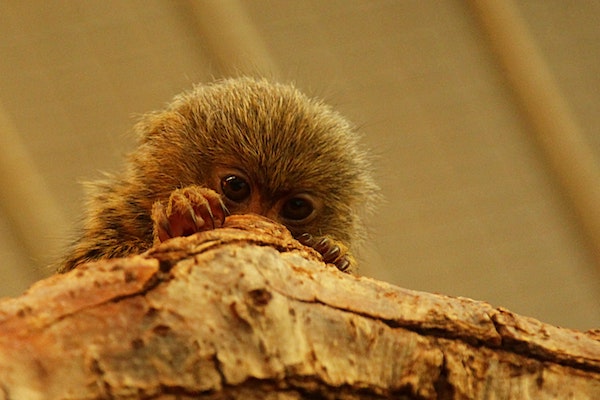
The pygmy marmoset (Callithrix pygmaea) is a small New World monkey of the family Callitrichidae. It is about 13 cm long, with a tail of about 20 cm. Marmosets weigh between 40 and 70 grams. The International Union for Conservation of Nature (IUCN) has assessed its conservation status as being of least concern.
Despite their size, pygmy marmosets are very social animals. They live in groups of around 5–20 individuals and have several different vocalizations for communicating with each other. They spend much of their time foraging for food and will eat insects, fruit, nectar, and tree sap.
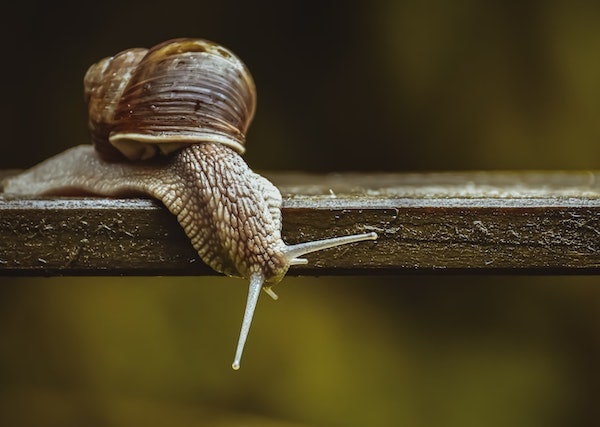
Slow lorises are nocturnal and spend almost all of their time in trees. They have a gestation period of about six months, and females generally have only one offspring at a time. The loris is native to southern India and Southeast Asia, though some populations have been spotted in China as well. Unlike many other primates, slow lorises do not make nests for their young; newborns are simply left alone in trees when they are born.
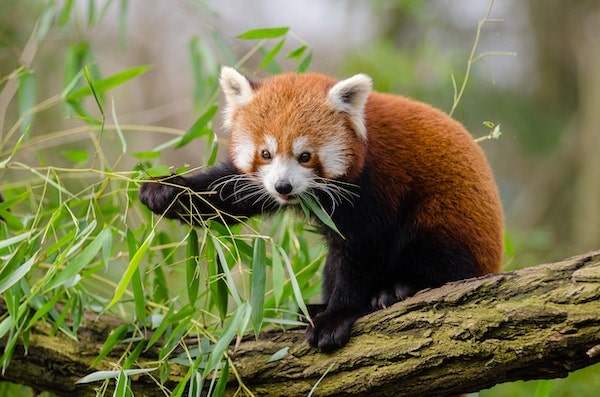
The red panda is part of a group of raccoon-like animals called a procyonid and has no relation to either pandas or raccoons. Like raccoons, these little critters are solitary creatures that spend most of their time up in trees, where they sleep during most of the day and come out at night to hunt for food. In other words, if you happen to spot one, don’t expect it to roll over for belly rubs.
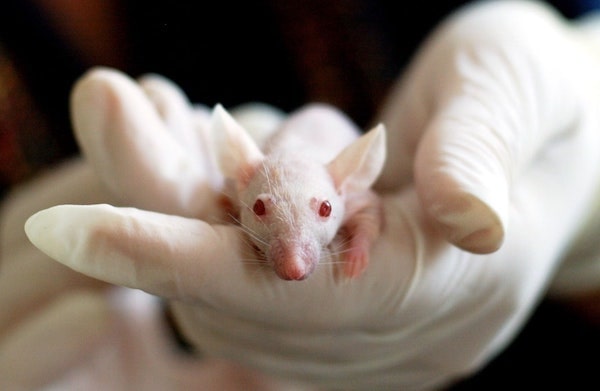
The Naked Mole Rat is a very interesting and unusual creature that lives in Eastern Africa. If you look at it, you will immediately know why it’s called a naked mole-rat. It is covered in hairless, wrinkly skin and has no teeth.
It looks a lot like a mole, and it acts like one too. It has really bad eyesight, but it can detect sounds and smells well. Its ears are very small, but its nose is enormous. This is because it uses its sense of smell to find food, just like moles do. One thing that makes
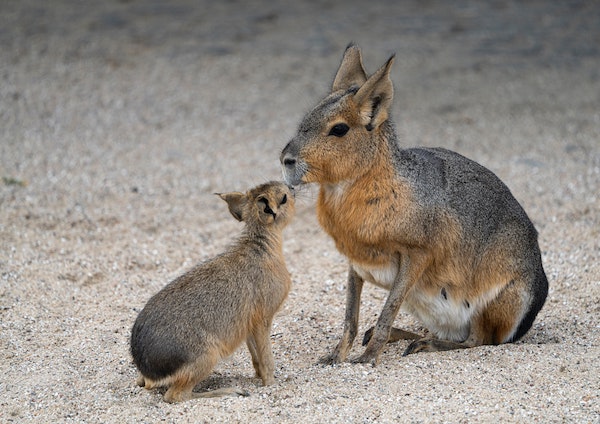
Most people probably haven’t heard of a Patagonian Mara before, but there are five distinct species of these cute little animals, all of which are native to South America. Though they’re pretty similar in appearance to guinea pigs, they can grow up to ten times larger than their rodent cousins. And while most of them tend to be pretty territorial creatures when raised in captivity, scientists have discovered that members of at least one species live together peacefully in wild colonies. How adorable is that?
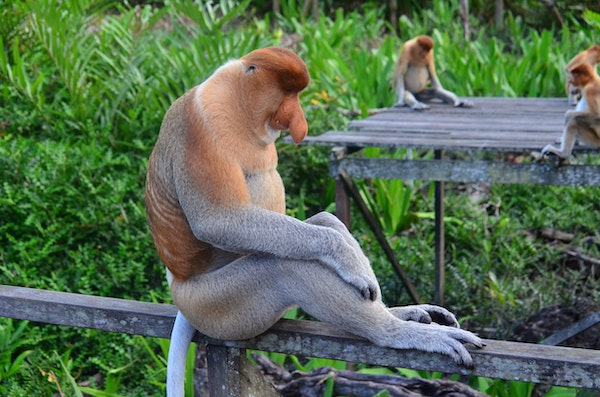
The Proboscis Monkey, or Nasalis larvatus, is a reddish-brown arboreal Old World monkey found in Borneo. It has an extremely large nose and a long tail. Adults weigh up to 23 pounds (10 kg) and have a head-body length of 24 inches (60 cm). The male’s nose grows even larger than that of its female counterpart. Though it remains unclear why males develop such prominent noses, some researchers believe that larger noses attract females during the mating season—which occurs from September to December—and serve as another way for males to compete for access to females during the breeding season.
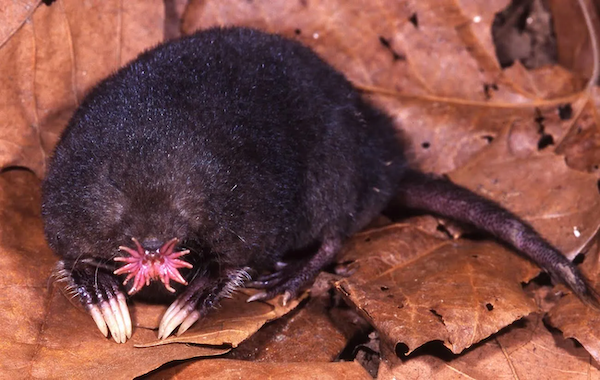
When we think of exotics, we often think of animals in zoos or on TV. However, some very unique and interesting creatures roam our backyards. The star-nosed mole is one such animal. Found in wet lowlands throughout Canada and most of the northern United States, these little guys are one of only two mammals known to have a true echolocation system.
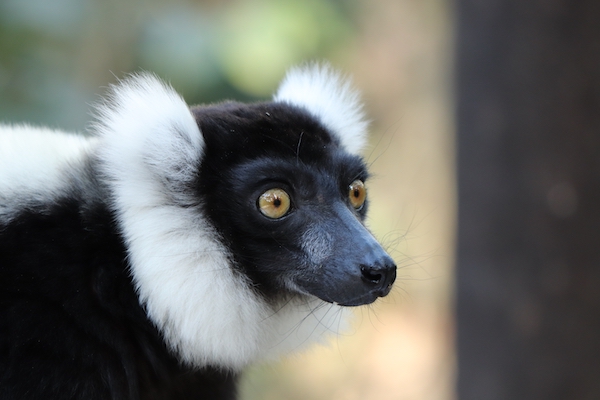
The indri is a lemur, a primate found only in Madagascar. It’s large, at about three feet tall, and looks like an ape but is more closely related to us than it is to them. They are one of Madagascar’s most iconic animals and have been dubbed the unicorns of the forest because of their rarity and gorgeous appearance.
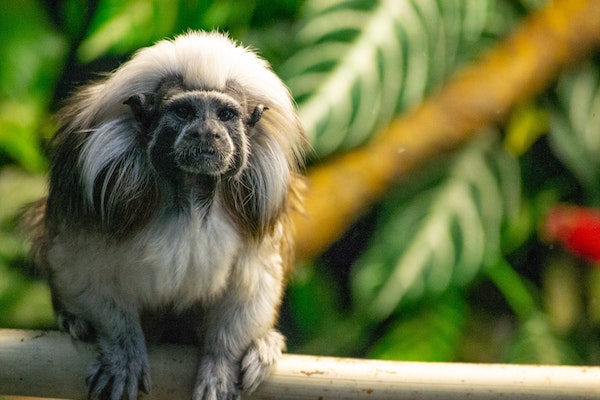
Tamarins are very small, nocturnal primates that are best known for their silky golden-brown fur and large black eyes. While it might be hard to believe given their tiny size, tamarins can grow up to 14 inches long. But don’t let their size fool you, these monkeys can also pack a punch. Despite weighing less than 3 pounds on average, tamarins are powerful enough to knock out a person with one well-placed bite.
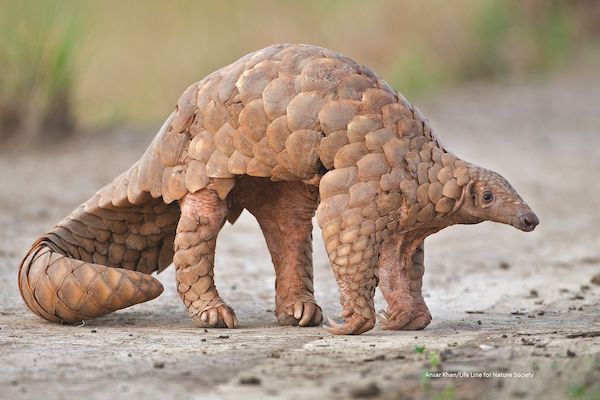
The pangolin is a cute little animal, but one you probably don’t know much about. Unlike other animals on our list, it does not live in exotic locales and doesn’t spend its days lounging around for selfies. Pangolins are solitary creatures that mostly spend their days digging through dirt with their large claws to find insects to eat. They can also curl up into a ball when scared and use that shell to protect themselves from predators.
The pygmy marmoset is a small New World monkey of the family Callitrichidae. The red panda is part of a group of raccoon-like animals called a procyonid and has no relation to pandas or raccoons. The Naked Mole Rat is a very interesting creature that lives in Eastern Africa. It has an extremely large nose and a very long tail. The Proboscis Monkey, or Nasalis larvatus, is an arboreal Old World monkey found in Borneo.
The star-nosed mole is one of only two mammals known to have a true echolocation system. Tamarins are very small, nocturnal primates that are best known for their silky golden brown fur. Pangolins are solitary creatures that mostly spend their days digging through dirt with their large claws.
The fight began much sooner than she anticipated after catching and returning the flamingo.
As devoted pet owners, we often find ourselves pondering over what treats we can share with our furry companions.
If you're looking for ways to boost your breast milk supply, you may want to consider adding these four superfoods to your diet.
Prepare for a litter of healthy kittens - get all the help you need on how to breed cats for healthier offspring in this guide!


